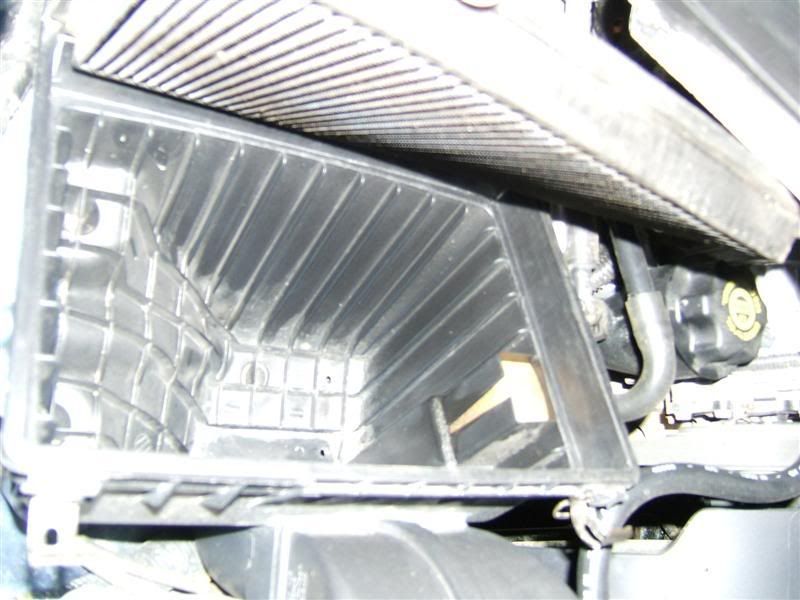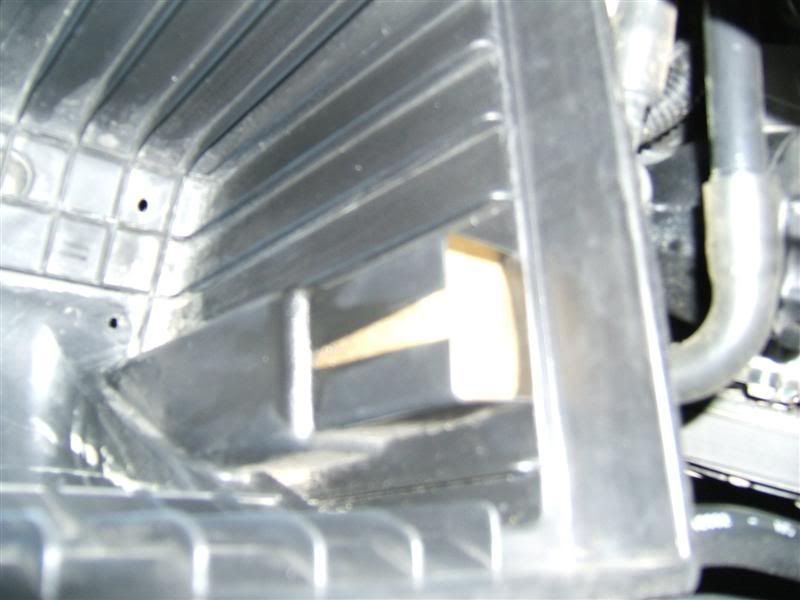All of us here go to great pains to keep our cars clean. The paint, the engine, the interior, the inside of the throttle body & intake manifold, glass & fabric....WHOA, back up the boat...inside of the intake manifold? Yep.
Thanks to the Wild World of Wonder, otherwise known as the internet, I discovered something that has been in use on race cars for decades also has the benefit of keeping oil and water vapors, combustion by-products etc from entering your intake manifold, where they would get burned and turn into a burnt-on coating of carbon, which if left along can build up on valves, pistons, etc and cause problems.
With the help of a few dollars worth of materials, a catch can is quickly and easily made and voila, no more crud-filled air entering your engine. The collected waste oil is easily disposed of in the same container as your used engine oil (for recycling of course). And as a side benefit (in my case at least), I gained about 1.6 mpg (5.5%) the first tank of gas (steady-state highway driving).
Here is a pic of the type of setup I have, I posted this pic because it shows just how much gunk is collected during in about a week during the winter. It looks the way it does because of the increased amount of water vapor created in the winter
This is the setup that is like mine:

Here is a pic of my actual set up:

Yes, they are water separators from an air compressor, I used 5/8" brake line and rubber fuel line (rated for fuel injuection) on mine.
Thanks to the Wild World of Wonder, otherwise known as the internet, I discovered something that has been in use on race cars for decades also has the benefit of keeping oil and water vapors, combustion by-products etc from entering your intake manifold, where they would get burned and turn into a burnt-on coating of carbon, which if left along can build up on valves, pistons, etc and cause problems.
With the help of a few dollars worth of materials, a catch can is quickly and easily made and voila, no more crud-filled air entering your engine. The collected waste oil is easily disposed of in the same container as your used engine oil (for recycling of course). And as a side benefit (in my case at least), I gained about 1.6 mpg (5.5%) the first tank of gas (steady-state highway driving).
Here is a pic of the type of setup I have, I posted this pic because it shows just how much gunk is collected during in about a week during the winter. It looks the way it does because of the increased amount of water vapor created in the winter
This is the setup that is like mine:

Here is a pic of my actual set up:

Yes, they are water separators from an air compressor, I used 5/8" brake line and rubber fuel line (rated for fuel injuection) on mine.













 I just knew the very basic details...and that only because of the talk of the other guys when discussing the catch can topic.
I just knew the very basic details...and that only because of the talk of the other guys when discussing the catch can topic. 
Comment